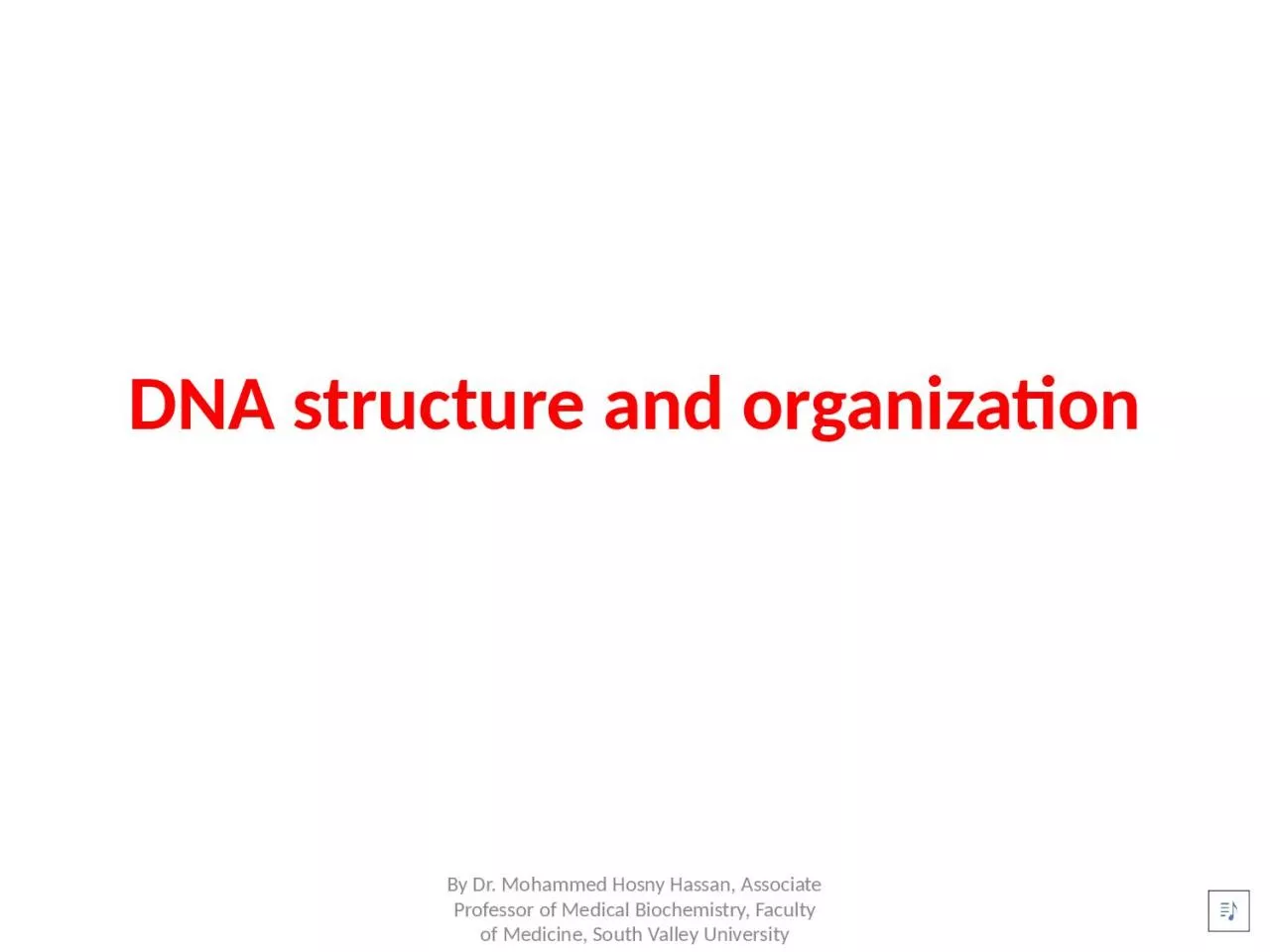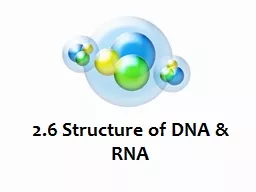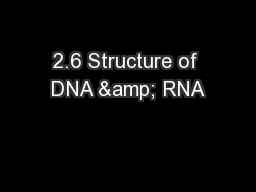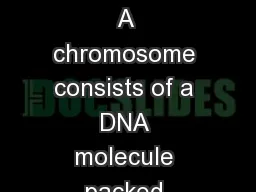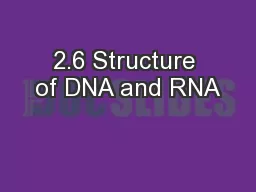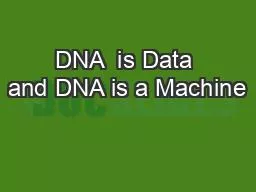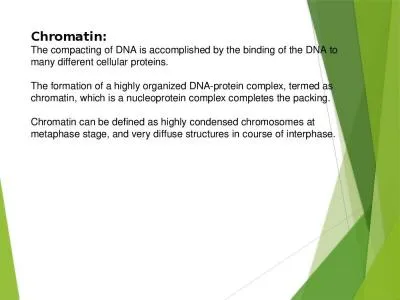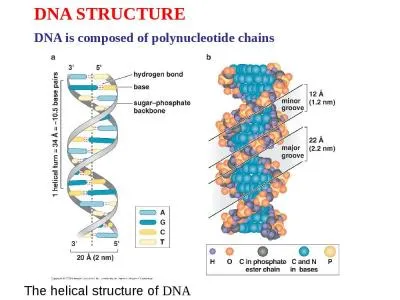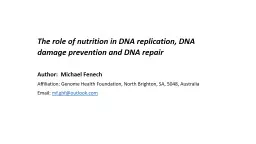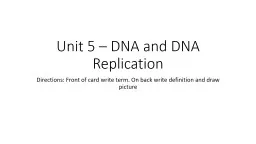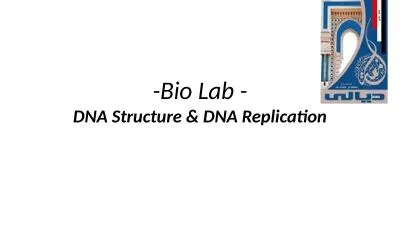PPT-DNA structure and organization
Author : DontBeASnitch | Published Date : 2022-08-02
By Dr Mohammed Hosny Hassan Associate Professor of Medical Biochemistry Faculty of Medicine South Valley University Nitrogenous Bases Nitrogenous bases that enter
Presentation Embed Code
Download Presentation
Download Presentation The PPT/PDF document "DNA structure and organization" is the property of its rightful owner. Permission is granted to download and print the materials on this website for personal, non-commercial use only, and to display it on your personal computer provided you do not modify the materials and that you retain all copyright notices contained in the materials. By downloading content from our website, you accept the terms of this agreement.
DNA structure and organization: Transcript
Download Rules Of Document
"DNA structure and organization"The content belongs to its owner. You may download and print it for personal use, without modification, and keep all copyright notices. By downloading, you agree to these terms.
Related Documents

